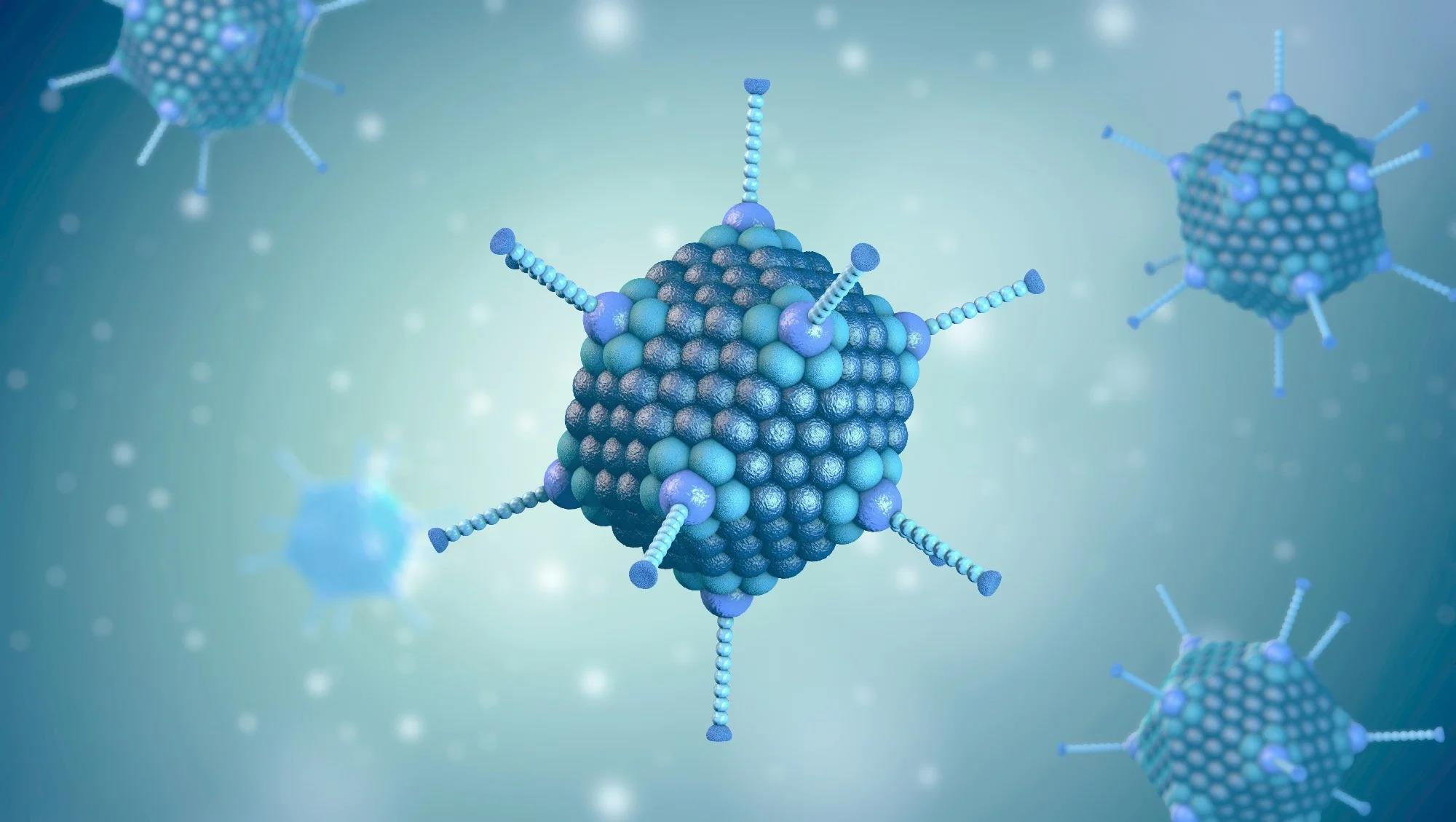
What is the Adenovirus - Know Everything
Adenovirus: Understanding the Basics
Adenoviruses are a group of viruses that can cause a range of illnesses, including respiratory, gastrointestinal, and eye infections. These viruses are common and can infect both humans and animals. In this blog post, we will explore everything you need to know about the adenovirus, from its structure to its symptoms and treatment.
Adenovirus Structure
Adenoviruses are non-enveloped viruses that have an icosahedral shape. They have a diameter of approximately 70-90 nm and contain a double-stranded DNA genome. The genome of the adenovirus is linear and consists of about 36,000 base pairs. It is divided into early and late regions, which are responsible for the production of different proteins.
Adenovirus Transmission
Adenoviruses are highly contagious and can be transmitted through contact with infected individuals, contaminated surfaces, or through the air. The virus can be shed in bodily fluids such as saliva, nasal secretions, and feces. Adenoviruses can also be transmitted through contaminated water sources, such as swimming pools.
Adenovirus Symptoms
The symptoms of adenovirus infection depend on the type of virus and the location of the infection. Respiratory infections can cause symptoms such as fever, cough, sore throat, and runny nose. Gastrointestinal infections can cause symptoms such as nausea, vomiting, and diarrhea. Eye infections can cause symptoms such as redness, discharge, and swelling.
Adenovirus Diagnosis
Diagnosis of adenovirus infection is usually made through laboratory tests, such as polymerase chain reaction (PCR) or viral culture. These tests can detect the presence of the virus in bodily fluids, such as nasal secretions or feces.
Adenovirus Treatment
There is no specific treatment for adenovirus infection, and treatment usually involves managing the symptoms. For respiratory infections, over-the-counter medications such as pain relievers and decongestants can help relieve symptoms. Gastrointestinal infections can be managed through hydration and symptom relief, such as anti-nausea medication. Eye infections can be treated with topical antibiotics or antiviral medication.
Adenovirus Prevention
Prevention of adenovirus infection involves practicing good hygiene, such as washing hands frequently and avoiding contact with infected individuals. It is also important to avoid sharing personal items such as towels, cups, or utensils. Vaccines are available for some types of adenovirus, such as the adenovirus vaccine used by the military to prevent respiratory infections.
Adenovirus and COVID-19
In recent years, adenoviruses have gained attention due to their use in COVID-19 vaccines. The Johnson & Johnson COVID-19 vaccine and the AstraZeneca COVID-19 vaccine both use an adenovirus vector to deliver genetic material to cells and stimulate an immune response. These vaccines have been shown to be highly effective at preventing severe illness and death from COVID-19.
However, concerns have been raised about the risk of blood clots associated with the use of adenovirus-based COVID-19 vaccines. The European Medicines Agency (EMA) has recommended that a warning be added to the product information for these vaccines to inform healthcare professionals and individuals about the risk of blood clots. Despite this, the benefits of COVID-19 vaccination with adenovirus-based vaccines still outweigh the risks for most people.
Conclusion
In conclusion, while adenoviruses may not be as widely discussed as some other viruses, they are a common and potentially dangerous group of viruses that can cause a variety of illnesses. Understanding the basics of adenovirus structure, transmission, symptoms, diagnosis, treatment, and prevention is crucial in staying healthy and avoiding infection. With the continued development and use of adenovirus-based vaccines for COVID-19, it is important to stay informed about potential risks and benefits. By taking simple steps to practice good hygiene and avoid contact with infected individuals, we can help to reduce the spread of adenoviruses and protect ourselves and others from infection.